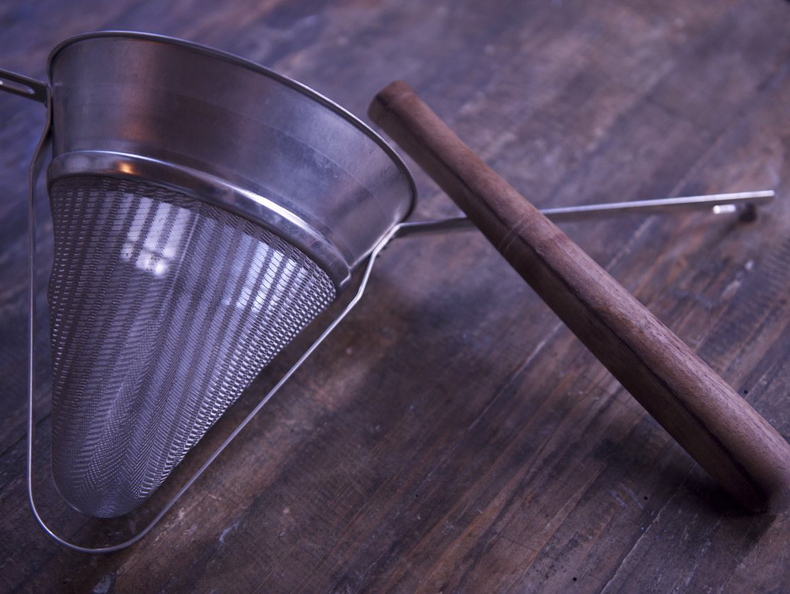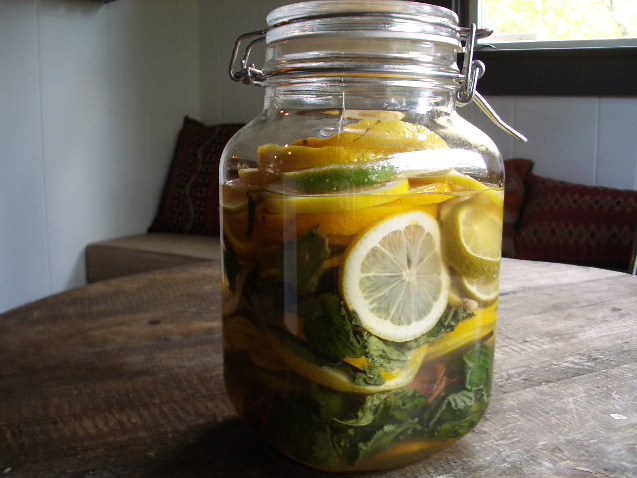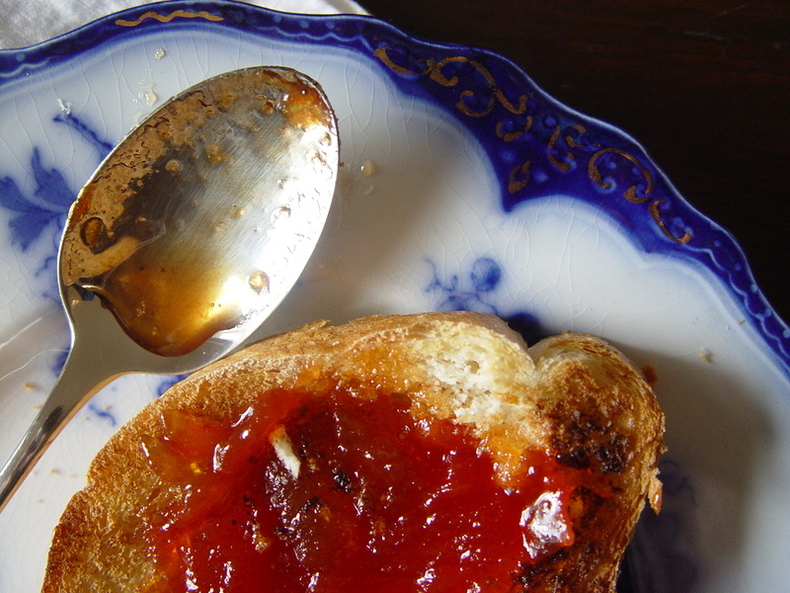Friends often suggest I go into the catering business, but the thought makes my skin crawl. I find it hard to imagine feeding people I scarcely know (and possibly don't even like). Yet nothing gives me greater pleasure than cooking for those I love. Cooking is my gift, and sometimes it can make a nice present. My last night in LA, I was lucky enough to be able to celebrate the birthday of a good friend, someone who has known my family for nearly 40 years. She let me into her kitchen (a cook's paradise, amazingly organized and well stocked) and I did my thing. Knowing that Santa Monica Seafood was nearby, I decided to make a dish that would take advantage of all that fresh, gleaming seafood. The result was this warming but relatively light bouillabaisse, the classic French fisherman's stew. It contains a mix of ingredients typical of Provence: seafood, garlic, tomato, saffron and fennel. Although some will say it’s not truly bouillabaisse without the rascasse (scorpion fish), I say hooey. Use whatever firm, white-fleshed fish you like and throw in all manner of shellfish, including scallops, clams, mussels, lobster and shrimp (in the shell, preferably). It’s about what’s fresh, and what you like best, of course.
Read More...
Twitter @glutton4life
1.10.10 Chinoiserie
I once read somewhere that were he to come back as a kitchen tool (literally), David Chang would want to be a chinois. So called because of it’s alleged resemblance to the straw hat worn by the Chinese, the chinois (or chinoise) is an elegant little device that will elevate your sauces and soups to a new level of sophistication. This conical sieve with an extremely fine mesh is used to strain out the very smallest particles from custards, purees, soups and sauces, thus producing a smooth, velvety texture. It’s a rather expensive tool, not to be confused with the cheaper “China cap,” which has much larger holes. The chinois usually comes with a dowel that looks a bit like a pointy pestle, which is what you use to work soft foods through the mesh. It lets you easily press every last bit of juice and flavor from the solids. Some chinois come with a stand that is useful for holding it upright over a pot or bowl. Try using your chinois next time you’re making stock, pureed soup, jelly or custard. You will be shocked (pleasantly) by how refined the texture becomes and, because you can press on any remaining solids, you will notice a deeper, more intense flavor.
Read More...
Read More...
9.17.09 Gesundheit! ¡Salud!
My friend Bryan Thomson—a supremely gifted hair colorist AND an herbalist extraordinaire—has inspired me to delve deeper into the world of natural medicine. I began using this book about 10 years ago during an extremely stressful time of my life when my skin was bad and my hair was falling out, and I soon found myself making yellow dock poultices and steaming my face with dried strawberry leaves. Did it work? The short answer is "Yes." But, more to the point, I discovered a new way to approach my own health; one that let me be more in charge and that led to a deeper understanding of how to treat stress and other physical ailments with herbs and nutrition. This is not to say that I won't take a pill. But I like to avoid that and will first try many a remedy of my own devising, based on the ancient wisdom derived from nature. This tonic is a great example.
Read More...
Read More...
7.30.09 Jammed Up
Last summer I got it together to can a bunch of beautiful produce from the farmers’ market in Union Square. Among the best things I made was pickled okra and this addictively sweet-spicy tomato jam, which is unbelievably delicious. The nice thing is, if you are canning-phobic, you can make this recipe as written and just keep a pint in your fridge. It’s chunky, gooey and absolutely divine slathered on a cracker with goat cheese, alongside grilled meats and roast chicken or straight from the jar on a spoon. I multiplied the quantities by 10 for canning and would do so again—in a year when I am not otherwise occupied in packing to move house.
Read More...
Read More...
7.25.09 Wascally Wabbit
There’s a ginger-colored rabbit that’s been wreaking havoc in the herb garden, snacking on the shiso, decimating the dill and chowing down on my angelica every time it tries to stage a modest comeback. Looks as though I’ll have to give up all hope of pressing this versatile plant into service (or else build a rabbit-proof fence). Angelica lends its delicately sweet, celery-like flavor to liqueurs like Chartreuse and its roots and seeds sometimes flavor gin. Paradoxically, the powdered root is said to cause disgust for liquor. (And thus will not be served in this house!) Angelica root contains vitamin B12, zinc, thiamin, sucrose, riboflavin, potassium, magnesium, iron, fructose, glucose and many other trace minerals. It can be used as a medicinal gargle for sore throats and as a poultice for swellings, itching and rheumatism. Infusions made from angelica are good for the treatment of fevers, colds, coughs, flatulent colic and other stomach disorders. Should you be able to get your hands on some (thanks a lot, Br’er Rabbit!), try this recipe for angelica butter and serve it with grilled fish or atop any steamed summer vegetables.
Read More...
Read More...












